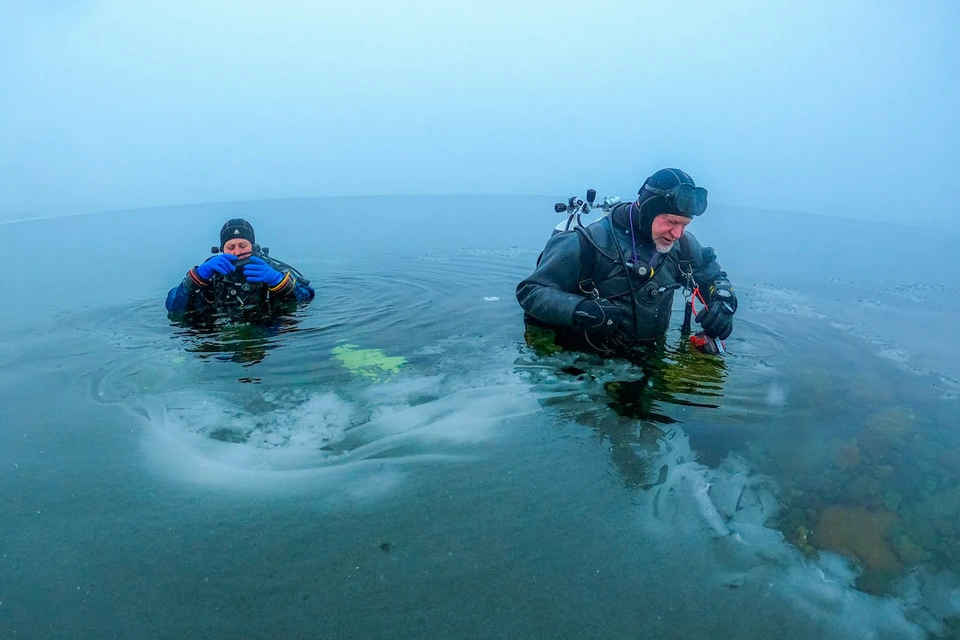
Slush — the mixture of snow and water
Slush, the mixture of snow and water, is a weather phenomenon familiar to anyone who lives in northern latitudes with a humid climate near the shore of a large lake, sea or ocean. In this lesson we will understand how slush is formed.
In nature, slush is usually formed when snow falls on the water surface. If the water temperature is only a little above freezing point (about 0 °C), the snow barely melts on it. It remains lying on the surface and gets wet, looking and feeling like "wet cotton". But the physical characteristics of slush are more like melted ice cream, and it behaves like a very thick liquid. It can float along with the flow of the river, forming bizarre shapes. By the way, the freezing point of salt water is slightly below 0 °C, so there, the slush can not only lie on the surface, but also float at a depth.
But not just snow in water bodies is called slush, it can be any other snow soaked in water. For example, when, after a snowfall, they cover roads with salt that turns into disgusting melted muck — that’s also slush.
Since slush only forms at temperatures close to zero, it can change rapidly. If it gets a little warmer, the snow will immediately melt, but if it gets colder, it can quickly turn into ice.
That’s why slush can be classified as a weather hazard for transport. Getting on the cold metal parts of ships and aircraft, it leads to very rapid icing of their parts. Slush on the road can freeze and form black ice.
If you see slush, don't forget that it can turn into ice soon!

Slush. Photo: Tatiana Klimenko, Roman Vorobyov
Text: Windy.app
Cover photo: Kent Henderson / Unsplash
You can also find usefull
What is a thundersnow and how dangerous it is
What is a brinicle — the underwater stalactite
Snow and ice pellets — the other types of frozen precipitation
Latest News
Professional Weather App
Get a detailed online 10 day weather forecast, live worldwide wind map and local weather reports from the most accurate weather models.
Compare spot conditions, ask locals in the app chat, discover meteo lessons, and share your experience in our Windy.app Community.
Be sure with Windy.app.



